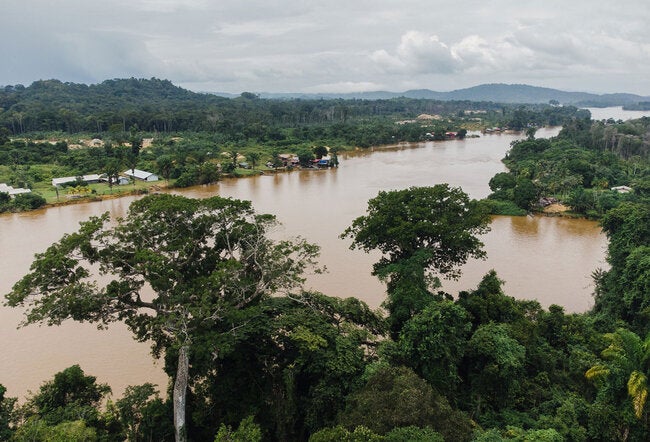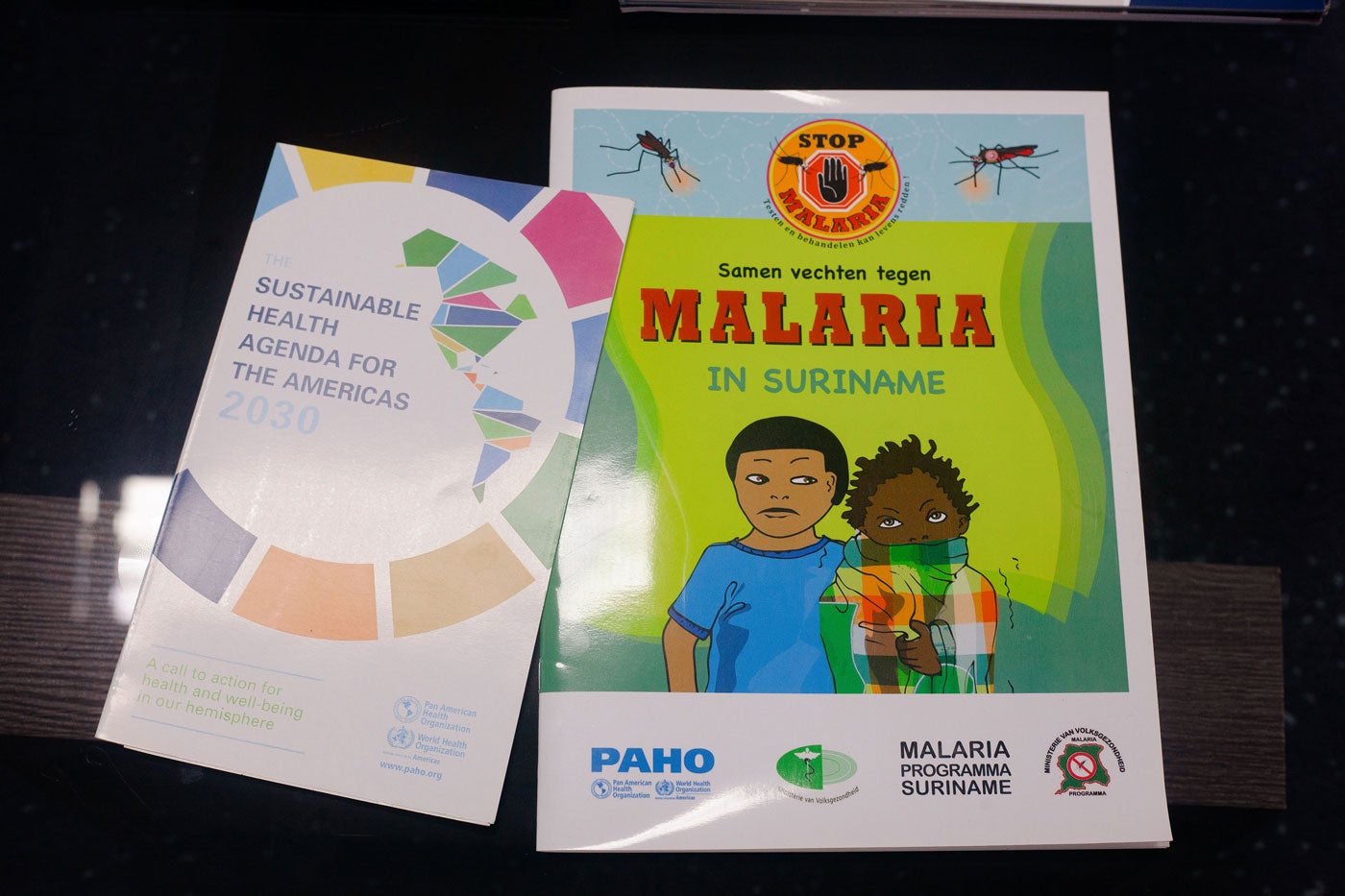Community-embedded healthcare: A critical strategy
Given these factors, embedding healthcare workers directly within communities is crucial. Dijon Jullien, a healthcare assistant on Gakaba Island, a small community bordering Suriname and French Guiana, has witnessed the positive impact of the country’s primary healthcare service on local malaria reduction. “When individuals visit the clinic, they feel reassured that they will receive proper care. The health assistants are like sisters to the community, making it easy for everyone to discuss their health concerns openly,” she shared.
From 2000 to 2005, Suriname faced a high malaria incidence, with about 160 reported cases per 1000 people. However, thanks to the country’s dedicated efforts – including universal access to diagnosis and treatment, an extensive network of community health workers, and nationwide malaria screening at border crossings – Suriname has successfully eliminated the disease.
“Being malaria-free means that our population is no longer at risk from malaria and will also have positive effects on our healthcare sector, the economy and tourism,” said Dr. Amar Ramadhin, Suriname’s Minister of Health. “We are the first Amazonian country to be malaria-free, setting an example for other nations in the region that are still struggling with this disease.”
PAHO has continued to collaborate with Suriname throughout the elimination process on the development of policies and programs to strengthen prevention, surveillance, and treatment. With support from the US Government, PAHO has provided cooperation for the country’s anti-malaria campaign. In addition to support provide by the Global Fund since 2005, Suriname has also benefited from financing provided by the Inter-American Development Bank to tackle infectious diseases, including malaria.
Malaria is one of the diseases targeted by PAHO’s Disease Elimination Initiative, which aims to eliminate over 30 communicable diseases, including malaria, across the Americas by 2030.

